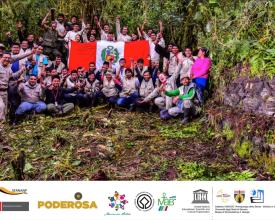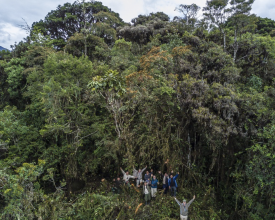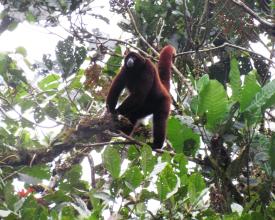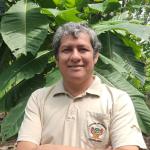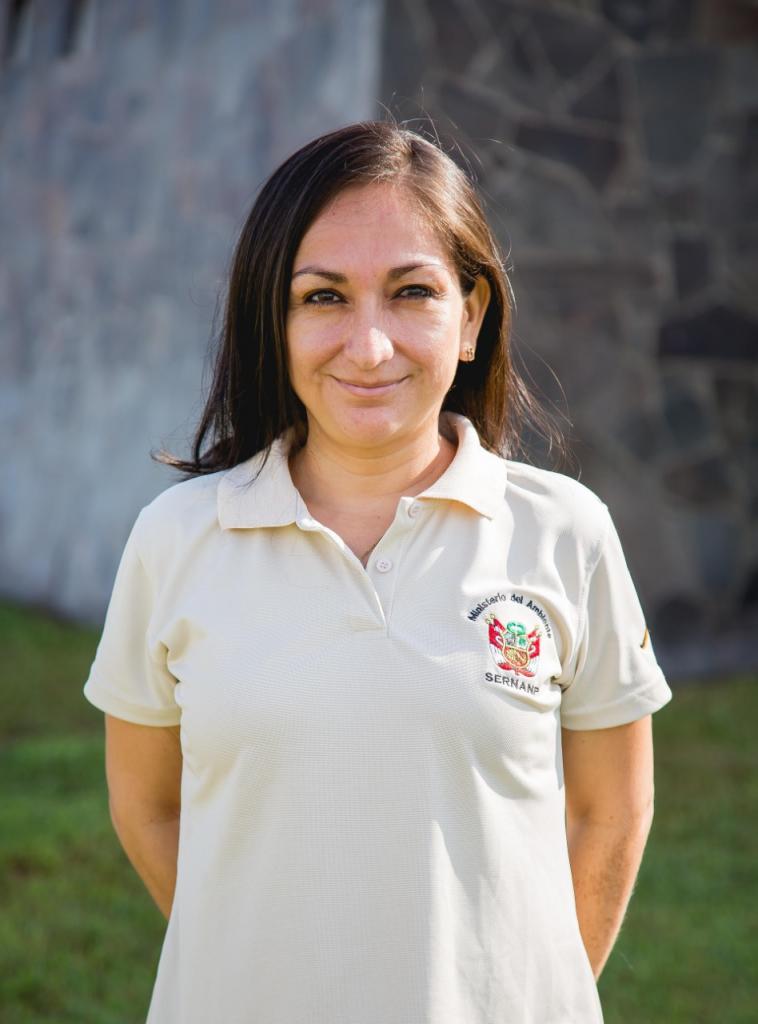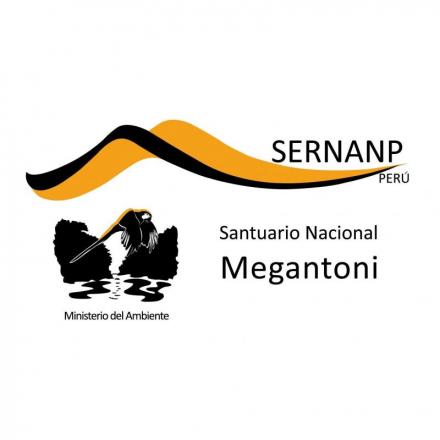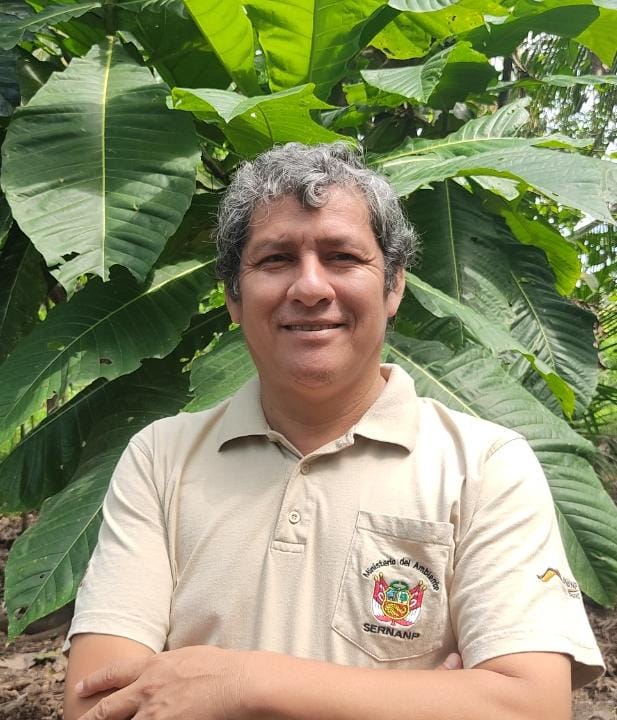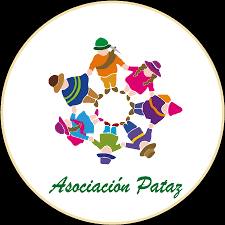
Public-private partnership for the management of the Abiseo River National Park World Heritage Site
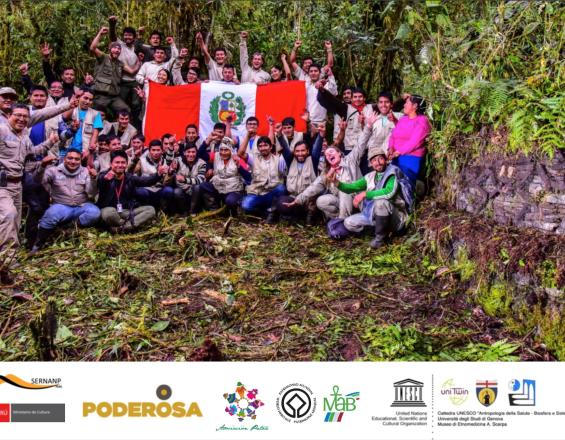
The Abiseo River National Park (PNRA), recognized as a Natural Heritage (1990) and Cultural Heritage (1992) by UNESCO, is one of the two Mixed World Heritage sites for Peru and the third for Latin America.
It is part of the Rio Huayabamba - Abiseo Model Forest (2015) and is the core zone of the Gran Pajaten Biosphere Reserve (2016).
It is one of the last Pleistocene refuges of the Huallaga.
It presents a participatory governance model through public-private partnerships, led by the Ministries of Culture and Environment, involving researchers from UNESCO Chair - University of Genoa, non-governmental organizations and the private sector.
This has achieved the participation of communities and organizations in the protection, conservation and dissemination of the exceptional universal value of the area and its associated landscape from the conservation concessions located in the Amazonian zone and the peasant communities of the highlands in the western zone of the PNRA.
Contexte
Défis à relever
Emplacement
Impacts
- Participatory governance model: Alliances, agreements, consensus and commitments with public and private stakeholders, for a collective view of the conservation and biological connectivity of the area.
- Buffer zone and associated landscape with a mosaic of occupation modalities related to conservation and economic development:
(i) The Eastern Sector, Amazonian zone with conservation modalities such as conservation concessions that develop REDD + Projects and agroforestry. (Predominantly organic cocoa as a product that reversed coca production).
ii) The Western Sector, Andean zone with agricultural products such as the INIA 325 "Poderosa" potato, contributes to combating hunger in the Andean communities of La Libertad.
- Contribution of the private sector, UNESCO Chair specialists and Andean communities: Research using LIDAR technology corroborated the state of the forest, connection routes and main archeological sites. In addition, 12 archaeological sites were registered in the Archaeological Cadastre of the Ministry of Culture, forming part of the Geographic Information System of Archaeology of Peru.
- Contribution of the private sector and NGOs in biodiversity research and endemic species such as the Yellow-tailed Choro Monkey (Lagothrix flavicauda) and the Huallaga Toucanet (Aulacorhynchus huallagae).

